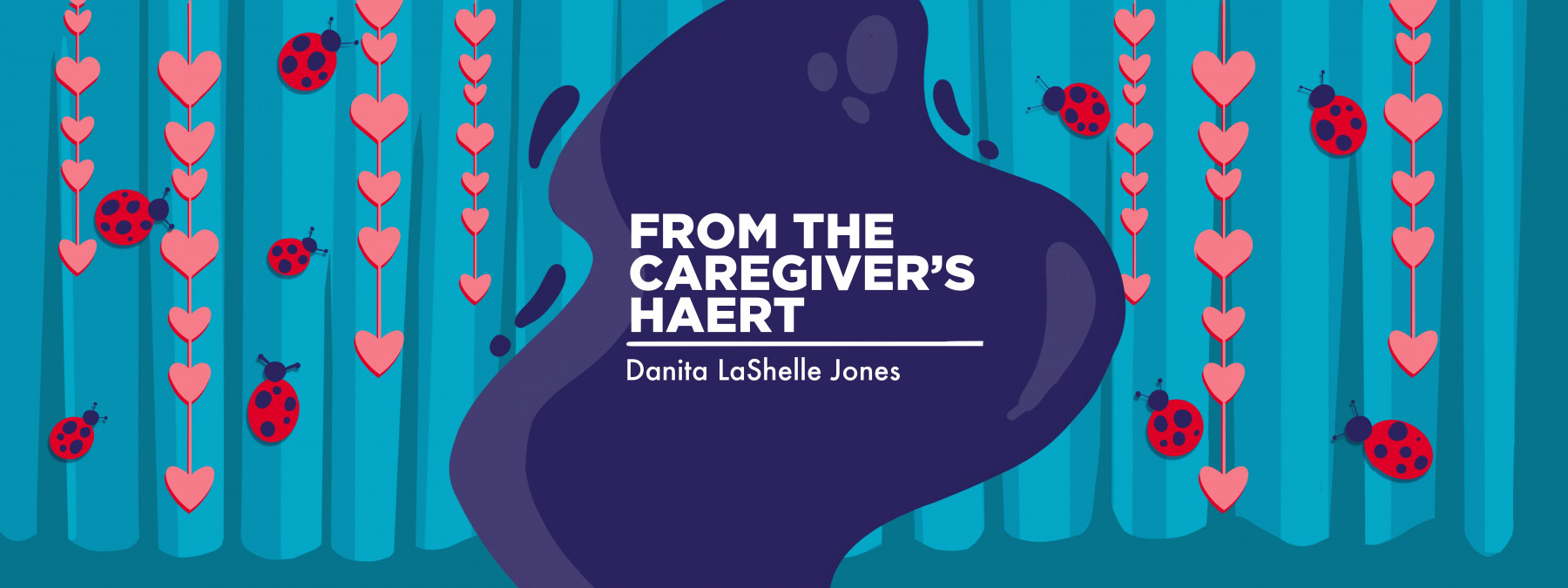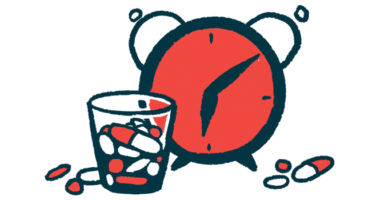How kid logic complicates effective HAE treatment
Children don't always understand the connection between triggers and flares

The massive natatorium buzzed with the chatter of children in their swim classes. As a mom of two of those kids in two separate classes, I sat on the bleachers with a good book while my two oldest children, ages 5 and 8, sat on the side of the pool, patiently waiting their turn to swim with their teachers.
Two certified lifeguard instructors taught each swimming class. One instructor would demonstrate, while the other was responsible for ensuring that none of the children tried anything dangerous while the aforementioned instructor was busy. During a lesson, if any student was having trouble, the instructors maintained control so that no student was ever truly in danger.
During one class, a mother whose oldest son took one of the upper-level beginning courses attempted to walk her restless 4-year-old around the pool after failing miserably to keep him calm on the bleachers.
Unfortunately for the mom, she constantly had to grab his shirt or hold his arm to keep him from running full speed around the slippery pool. But finally, the little boy settled just in time for her to stop for a few moments to talk to a friend she hadn’t seen in a while.
Simultaneously, it was her oldest son’s turn to swim to the instructor. The 4-year-old watched intently as his brother attempted to swim toward the lifeguard’s waiting arms in the deep end. The young man in the pool made progress, although his splashing made it look like he was seconds from drowning. As a mom, I knew the swimmer would be fine if the lifeguards remained calm.
His 4-year-old little brother, however, did not understand that concept.
In a swift, athletic manner, the little boy took off running, evading his mother’s grasp, raced to the pool’s edge, and executed a jump that would make any track-and-field Olympian jealous.
The mother’s melodic “No!” immediately silenced the room. The entire natatorium watched in horror as the 4-year-old jumped into 12 feet of water to “save” his older brother.
The second lifeguard from the class caught the little boy inches before his head went under the water and swiftly returned him to his mother amid cheers from the room.
The 4-year-old’s logic was clear: He thought his brother was drowning, and he was going to save him. It didn’t matter that he was jumping into the deep end of the pool fully clothed and, most importantly, that he couldn’t swim. He was there to help.
“Kid logic is silly,” I thought to myself — not realizing at that very moment that I was a few years from witnessing the same type of reasoning.
HAE and HAE+
When our daughter, whom we lovingly call Ladybug, was diagnosed with hereditary angioedema (HAE), we quickly learned that some of her other allergies could exacerbate her condition.
Berinert worked well at alleviating her unexpected flares. However, if she accidentally ingested shellfish, spinach, or beets, an EpiPen, Benadryl, and possibly a hospital visit would have to be implemented before Berinert was even an option.
At the beginning of our journey, we had difficulty differentiating between what I called HAE emergencies and HAE+ emergencies.
Abdominal pain out of the blue? Quite likely a random gastrointestinal flare. Abdominal pain after catching her cartwheeling in the grass? Definitely HAE+. A facial swell after playing hard during PE, alleviated by a quick infusion? HAE. A facial swell after sharing lunch with her friend at school? HAE+.
After a particularly alarming incident, when she rushed to brush fire ants off of a friend who’d stepped in a hidden bed, getting bitten in the process and sending us down the challenging HAE+ path, I’d had enough.
“Ladybug,” I said to her. “We can’t always control when your HAE flares up, but you have to help me by not intentionally putting yourself in harm’s way.” Then, for added mom emphasis, I said, “It’s like jumping in a pool to save someone from drowning when you don’t know how to swim.”
My example immediately hit me in the face with the memory of the pool incident. Although, in theory, she should know better, cartwheels are fun, a shared lunch is delicious, and her friend needed help.
Getting a child to understand how their faulty logic can put them in more danger is an uphill battle, but it comes with parenting. However, getting a child with a chronic illness to understand this is definitely Parenting+.
Note: Angioedema News is strictly a news and information website about the disease. It does not provide medical advice, diagnosis, or treatment. This content is not intended to be a substitute for professional medical advice, diagnosis, or treatment. Always seek the advice of your physician or other qualified health provider with any questions you may have regarding a medical condition. Never disregard professional medical advice or delay in seeking it because of something you have read on this website. The opinions expressed in this column are not those of Angioedema News or its parent company, Bionews, and are intended to spark discussion about issues pertaining to angioedema.








Leave a comment
Fill in the required fields to post. Your email address will not be published.